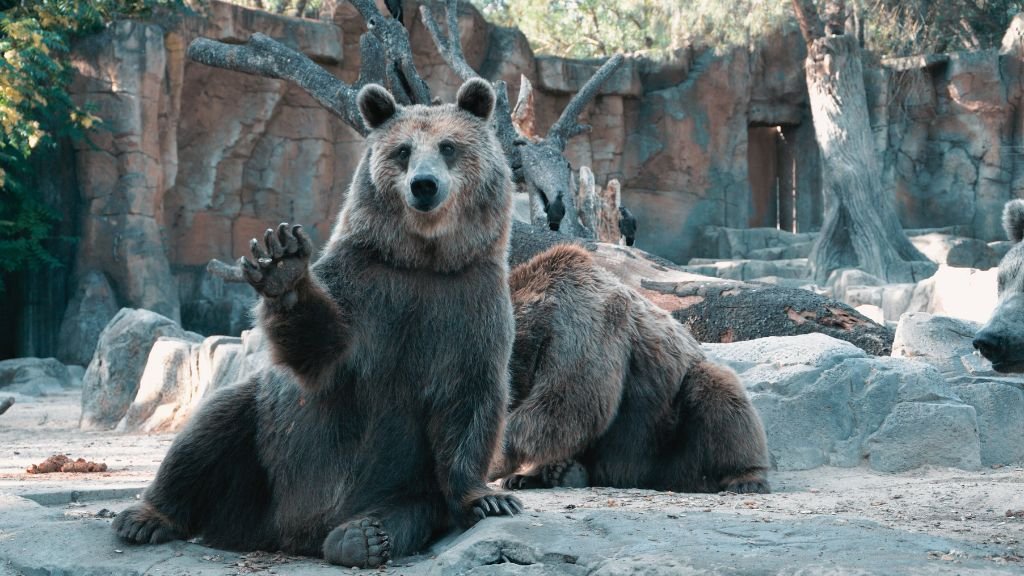Zoos are often exciting places where people go to see and learn about animals. But zoos aren’t just for people—they also help animals in many ways. While some people worry that animals don’t belong in cages, modern zoos work hard to keep animals happy, healthy, and safe. Many zoos today focus on animal welfare, conservation, and education, making them positive spaces for animals.
This blog will explain 10 reasons why zoos are good for animals, from keeping them safe from danger to educating people about how to protect them. Let’s dive into all the good that zoos do for animals.
10 Reasons Why Zoos Are Good for Animals
1. Zoos Protect Animals from Extinction
In the wild, some animals face many threats, like hunting and habitat loss, which could lead to their extinction. Zoos create safe environments where endangered species can live and breed. By protecting these animals, zoos make sure that species at risk don’t disappear forever. For example, giant pandas were once in serious danger, but zoos helped increase their population by breeding them in safe settings.
2. Zoos Provide Safe Places for Animals
Zoos give animals safe homes where they are protected from hunters, pollution, and other dangers. In the wild, some animals are hunted or have their habitats destroyed by humans. But in zoos, they don’t face these risks. They are given food, medical care, and safe shelter, so they can live without fear. This security is important, especially for animals who are not safe in the wild.
3. Zoos Offer Medical Care
Animals in the wild can get sick or injured, and it’s hard for them to find help. In zoos, animals receive medical care from trained veterinarians. This care includes regular check-ups, treatments, and vaccinations to keep them healthy. When an animal has a problem, it can be treated quickly, helping it live a healthier life. Zoos also use medical knowledge to help care for animals in the wild by studying diseases and treatments.
4. Zoos Help with Breeding Programs
Some animals struggle to survive in the wild because there aren’t enough of them. Zoos set up breeding programs to help these animals have babies, increasing their population. For example, the California condor nearly went extinct, but zoos worked together to breed and release them back into the wild. These breeding programs help strengthen animal populations, which is important for keeping species alive.
5. Zoos Teach People About Animals
Zoos are excellent places to learn about animals. When people see animals up close, they can understand more about them, their habits, and their needs. Zoos often have signs, exhibits, and staff that teach visitors about each species, helping people appreciate animals more. This education is important because people who understand animals are more likely to help protect them and their habitats.
Also read: 100 Qualities of a Good Man
6. Zoos Support Wildlife Research
Zoos help scientists learn about animals by studying their behaviors, diets, and health needs. This research is very helpful for understanding wild animals too. By observing animals in zoos, scientists can gather information that can be used to help animals in the wild. For example, if a certain food or environment helps an animal stay healthy in a zoo, that knowledge can be applied to similar wild animals.
7. Zoos Rescue Animals in Need
Sometimes, animals are hurt, orphaned, or kept in bad conditions. Zoos rescue these animals and give them a safe place to live. Some animals can’t be released back into the wild because they wouldn’t survive on their own, so zoos give them a permanent home. These rescued animals get the chance to live in safety, and people can learn about their stories, which helps raise awareness about animal welfare.
8. Zoos Help Build Connections with Nature
Visiting a zoo can make people feel closer to nature. Seeing animals up close helps people connect with creatures they might never encounter in the wild. This connection is important because it inspires people to care about animals and their habitats. When people care, they are more likely to support conservation efforts, donate to animal charities, or volunteer for animal-related causes.
9. Zoos Promote Animal-Friendly Practices
Zoos follow strict rules to keep animals safe and happy. Modern zoos work hard to provide comfortable spaces for animals, with natural habitats that mimic the wild. They also focus on feeding animals healthy diets and keeping them active and entertained. Zoos aim to show visitors how animals should be treated and set a good example of animal care. This encourages people to be kinder to animals in their own lives too.
10. Zoos Inspire Conservation Efforts
Zoos play a big role in helping people understand why it’s important to protect nature and animals. Many zoos support conservation projects that help wild animals in their natural habitats. They raise funds, spread awareness, and work with other organizations to protect wildlife. This inspires visitors to support conservation efforts, donate to wildlife causes, and even get involved in protecting nature in their communities.
Final words
Zoos do much more than display animals for people to see—they protect, care for, and inspire us to take action for animals. From providing safe homes and medical care to educating the public about conservation, zoos help animals in many important ways. Modern zoos are focused on animal welfare, research, and building connections between people and nature. While no place is quite like the wild, zoos do their best to offer animals the best care possible.
So next time you visit a zoo, remember all the good they do for animals and how they inspire people to make the world a better place for wildlife.

